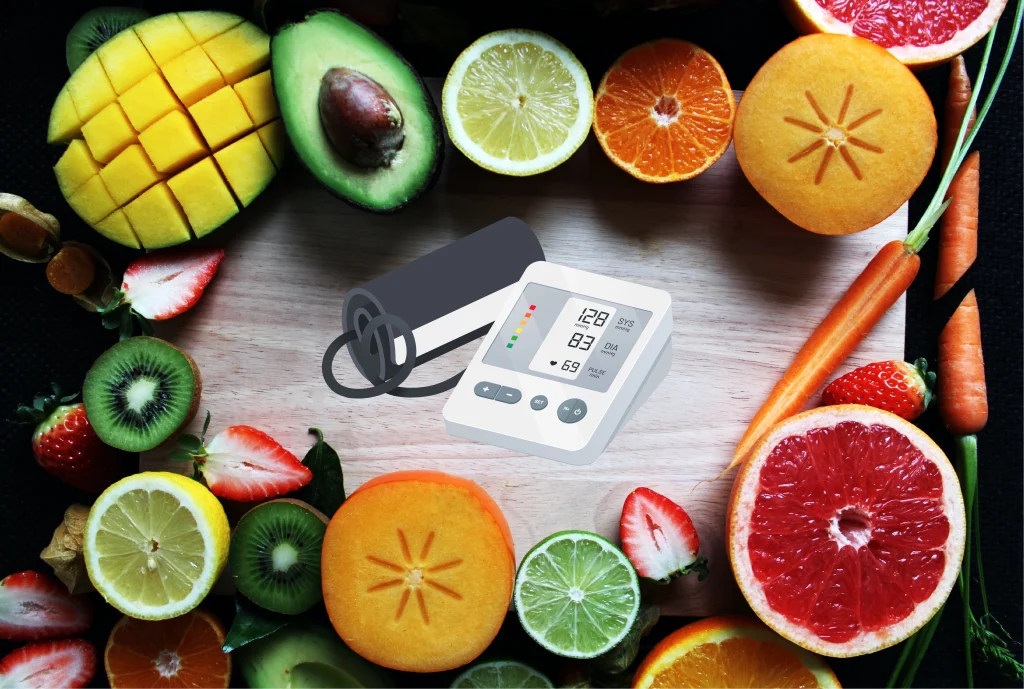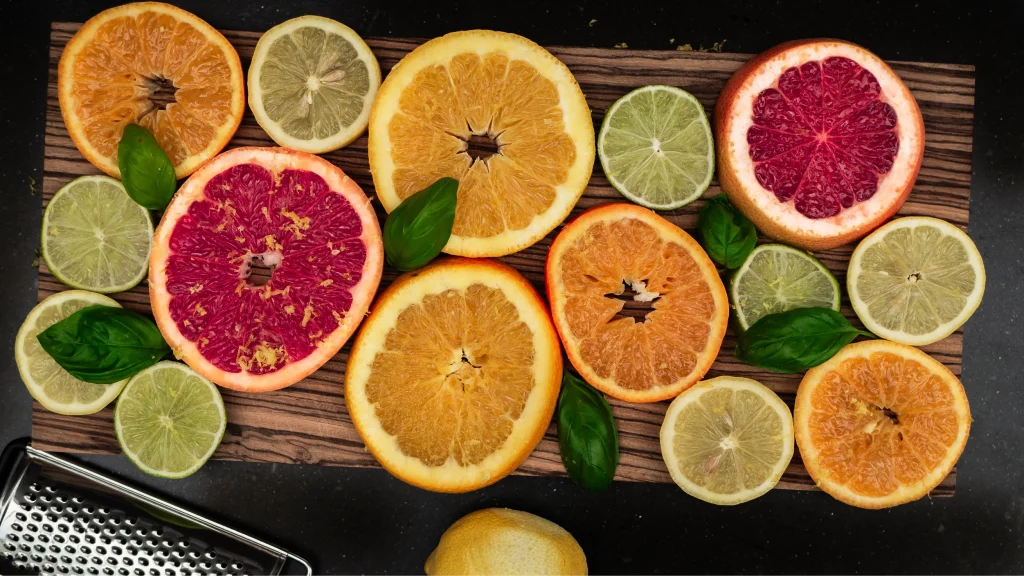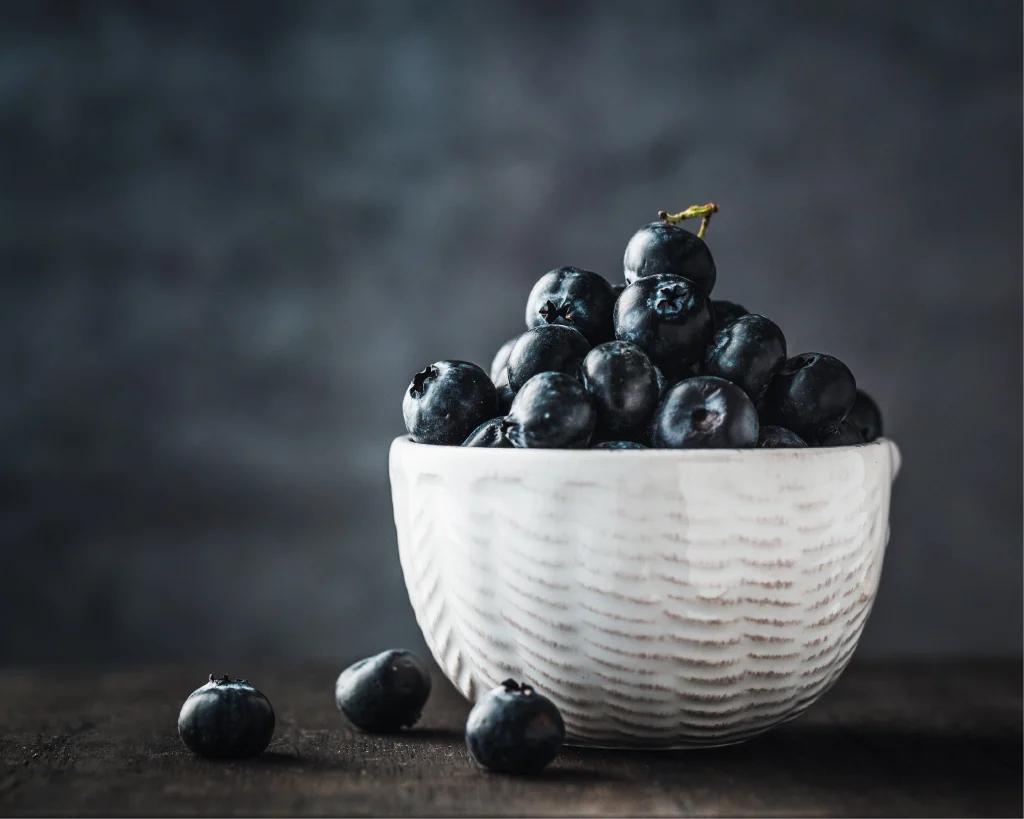When we think of lowering our blood pressure, we typically think of limiting our salt and processed foods intake. A heart-healthy diet, however, entails more than just reducing your sodium consumption. The DASH diet (Dietary Approaches to Stop Hypertension) stresses consuming plenty of fruits and vegetables, low-fat dairy, and other fibre-rich foods to help manage blood pressure. Incorporating many of these blood pressure-lowering foods into your diet can be a wonderful way to start a healthier lifestyle. Some foods can help you lower your blood pressure fast to create your path to better health.

Cut the Salt
An excess of salt causes fluid retention in the body. This increases the pressure on the heart. Depending on your health, age, race, and medical conditions, the DASH diet will reduce your sodium intake to 2,300 or 1,500 milligrams daily. Here are some cost-cutting measures:
- Select low-sodium or sodium-free foods and condiments.
- Be mindful of cured, smoked, and preserved foods.
- Reduce your consumption of processed goods. They are typically high in sodium.
Citrus fruits
Citrus foods, like grapefruit, oranges, and lemons, may be very good at lowering blood pressure. They contain vitamins, minerals, and plant chemicals that may help keep your heart healthy by decreasing the risk factors for heart disease like high blood pressure.

A 5-month study with 101 Japanese women found that drinking lemon juice daily and walking were significantly linked to lower SBP. The researchers think this is because lemons have citric acid and flavonoids. Studies have also shown that drinking orange and grapefruit juice may help lower blood pressure.
Green your life (and Leafy)
Your body retains more liquids when you consume salt. Your blood flow and artery pressure increase, raising your blood pressure. For a potassium boost, fill your plate with leafy greens like spinach, broccoli, kale, or collards. The element relaxes the walls of your blood vessels and aids in removing sodium from the body through urination.
Yogurt with little or no fat
Low-fat dairy products are a great way to get calcium, one of the main compounds that help fight high blood pressure. Feller says yogurt is also a great way to add potassium, protein, vitamins, and minerals to your diet. A serving of low-fat yogurt will give you about 30% of the calcium you need for the day.
Load Your Plate with Vegetables
Vegetables provide nutrients as well as vitamins and minerals. They are low in calories and fat, making them ideal for blood pressure management. Consume four to five servings of veggies every day. Each portion contains 1/2 cup of cooked or raw veggies, 1 cup of raw leafy vegetables, or 1/2 cup of vegetable juice. Concerned about vegetables? Begin by including a salad at lunch and supper.
Berries
Blueberries, in particular, are loaded with nitric oxide, a gas that increases blood flow and lowers blood pressure. The Academy of Nutrition and Dietetics found in a March 2015 study that consuming even less than one ounce of blueberries daily can substantially reduce blood pressure.

Sprinkling of Seeds
Add pumpkin, flax, and sunflower seeds without sodium to salads, yogurt, or oatmeal to help lower blood pressure. Seeds contain essential minerals such as magnesium, which helps regulate blood pressure and calm blood vessels.
Turn Up the Beet
Beets, like blueberries, are rich in nitric oxide, which lowers blood pressure. According to studies, drinking beet juice can help reduce your systolic blood pressure by four to five mmHg. Try incorporating beetroot juice into your diet, and if you purchase store-bought juice, make sure it doesn’t contain added sugar.
Garlic
Garlic can give your food more than just a kick. It may also help you make more nitric oxide, which makes your blood vessels wider. The less work your heart has to do to move blood through your blood vessels, the more relaxed your blood vessels are. This helps keep your blood pressure down.
Broccoli
The simple food you might not have liked as a child contains antioxidants that help keep your blood pressure healthy.
“Broccoli is full of antioxidants called flavonoids, which may lower blood pressure by making blood vessels work better and raising nitric oxide levels in the body,” says Melissa Mitri, a qualified dietitian and owner of Melissa Mitri Nutrition in New York. Mitri says that nitric oxide works to lower blood pressure because it makes the blood vessels more relaxed.
Add nuts and beans
Nuts, beans, and seeds have a lot of calcium, protein, and fiber. Walnuts contain omega-3 fatty acids, which may help lower your risk of heart disease. You can eat these things up to five times a week. Each dish has a third cup of nuts, two tablespoons of seeds, or a half cup of cooked dried beans or peas. As a snack, grab a bunch of seeds or nuts. Or you can put beans in salads or soups.
